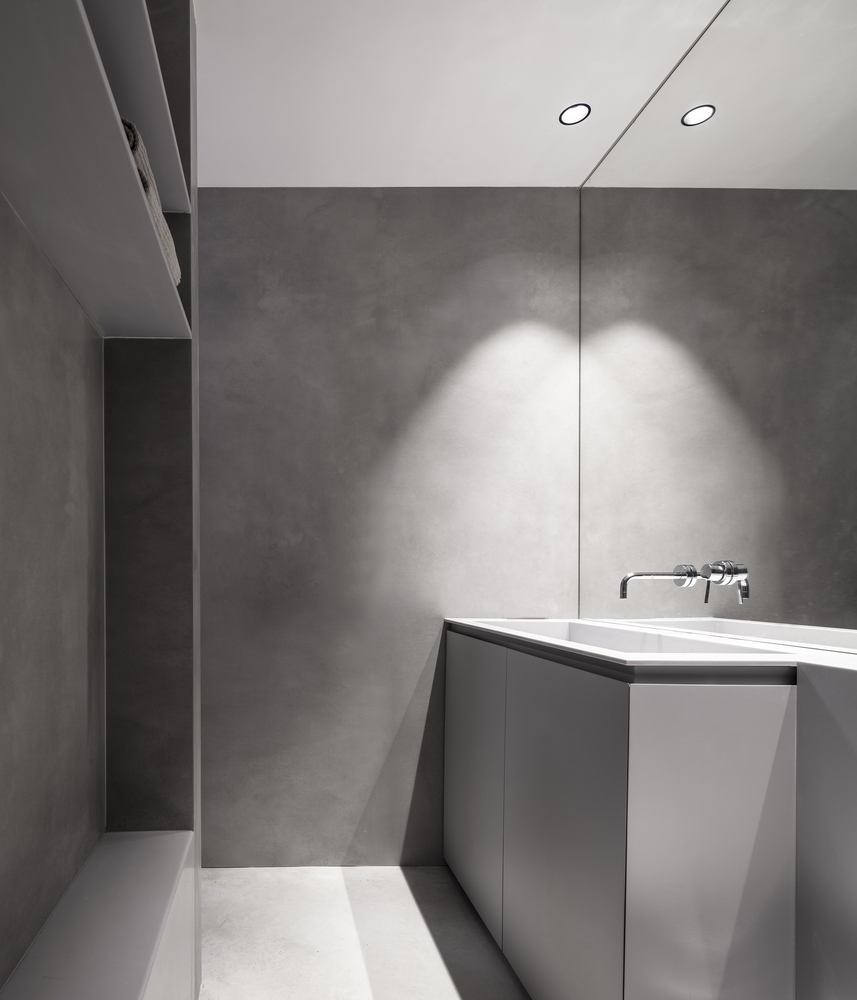Droogloodsen Lensass Architects
2012-05-24 00:00
Text description provided by the architects. Heritage
1924年,欧内斯特·杜莫林在Kortrijk‘Tuileries du海滨’站点上建立了干燥棚。瓷砖厂烘焙炉的余热被推到两个层的地板上,进入机库,在那里压着的和湿的屋顶瓷砖被烘干。这一原则在许多外国被广泛照搬。在六十年代中期,棚屋被现代化的设施所取代。
The drying sheds on the ‘Tuileries du Littoral’ site in Kortrijk were established in 1924 by Ernest Dumolin. The residual heat of the tile works’ baking ovens was pushed through a two-layered floor into the hangars where the pressed and wet roof tiles were dried. This principle was widely copied in many foreign countries. In the mid-sixties, the sheds were replaced by modern installations.
这个地方是一个纪念场所。人们在这里生活和工作,并必然地与建筑及其周围环境相依附。这片“近废墟”对景观的视觉影响,成为保护这一工业遗产的建筑动机。通过在棚子中放置一个钢支撑结构,从而确保它们的稳定性,就有可能使建筑有一个新的用途。
This place is a lieu de mémoire (site of memory). People have lived and worked here, and have consequentially become attached to the architecture and its surroundings. The visual impact of this ‘near-ruins’ on the landscape becomes the architectural motivation to preserve this industrial heritage in its pristine splendour. By placing a steel bracing structure in the sheds, and thus ensuring their stability, it became possible to give the building a new purpose.
建筑物的保护,精确配色方案的选择,定制的窗框和凹进的新窗框,使废墟的历史与它的新功能相协调。顺便说一句,最初的窗户并不是按照人的尺寸设计的,建筑中的标准楼层占据了一层半的高度,与这栋建筑的联系非常紧密,科拉莫-特尔卡-威内贝格(Koram-Terca-Wienerberger)集团将再次将其办公室迁至这个遗产丰富的地方。
The conservation of the building, the choice of a precise colour scheme, the custom-made window frames, and the recessed new window frames, reconcile the ruin’s history with its new function. Incidentally, the original windows were not designed to man-size height and a standard floor level in the building takes up one and a half story. The connection with this building is so intense, that the Koramic-Terca-Wienerberger group will again relocate its offices to this heritage-rich location.
 举报
举报
别默默的看了,快登录帮我评论一下吧!:)
注册
登录
更多评论
相关文章
-

描边风设计中,最容易犯的8种问题分析
2018年走过了四分之一,LOGO设计趋势也清晰了LOGO设计
-

描边风设计中,最容易犯的8种问题分析
2018年走过了四分之一,LOGO设计趋势也清晰了LOGO设计
-

描边风设计中,最容易犯的8种问题分析
2018年走过了四分之一,LOGO设计趋势也清晰了LOGO设计




















































































